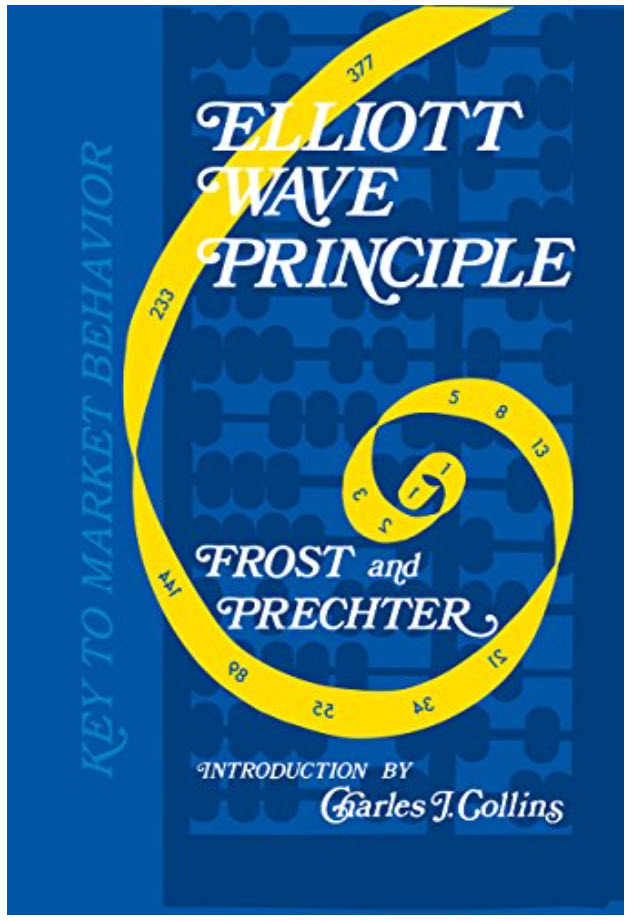Elliott Wave Analysis of the Dow Jones Industrial Average (DJIA) by Sid from ElliottWavePredictions.com. Click on the chart twice to enlarge.
As expected in my last (Jan 31) post, the S&P did manage to eventually reach the 1343.11 required minimum target to complete an expanding ending diagonal, but the Dow hasn’t quite reached its equivalent target yet, but is very close to doing so. If these patterns are, in fact, Expanding Ending Diagonals, wave 3 (green) must be longer than wave 1 (and it was), wave 4 must be longer than wave 2 (and it was), and now wave 5 must be longer than wave 3 was, so the Industrials must reach 12,918.44 as a minimum, and would typically move a bit higher than that, ending just before touching a (green) line connecting the extremes of waves 1 and 3 (green). A throw-over of the line is also allowed. Further supporting this wave count, each leg (1,2,3,4&5) of an expanding ending diagonal must be a zigzag, and so far, they all are. Hence, all the orange a’s, b’s & c’s on the chart.
The Euro and the Pound also look like they need to move a slight bit higher to complete their corrective patterns, so all these items seem destined to top and turn at about the same time. We appear to be inching ever closer to that eventuality, but Mr. Stock Market apparently decided to carve out one of the longer-lasting, most drawn-out patterns in Elliott before finally moving on.
Don’t get me wrong. Just because I’m expecting another leg down doesn’t mean I’m a “mainstream” Elliottician. As a review of my August 4, 2011 post would show, I immediately counted 5 waves up from March 2009 thru July 7 2011, and stated that I believed the March 2009 low to likely be a generational bottom, so please don’t confuse me with other “doomsday” Elliotticians. However, because the bull market from March 09 thru July 11 lasted a full nine quarters, and the following drop from July 7 thru Oct 4 only lasted one quarter, I suspect that Cycle degree wave 2 is likely yet incomplete. The correction from July through October was uncharacteristically brief in comparision with the preceding 5-wave bull market, and didn’t even manage a full .382 retracement of wave 1. (Wave 2’s much more commonly retrace .5 to .618 of wave 1). Also, if Cycle (Teal) Wave 2 did complete on October 4, we would be in a wave 3 here, and as I mentioned in the last post, wave 3’s should be accompanied by strong volume. Volume has actually been slacking off to quite anemic levels throughout the rise since December 19, which actually “confirms” that the market is not in a wave 3 up, but is actually in a B Wave. (See the description of Wave B’s on page 81 of Frost and Prechter’s “Elliott Wave Principle” – 10th Edition).
My main count therefore continues to be that the market will still give us one more fairly substantial leg down as soon as this Burgundy wave B completes. Because Burgundy B already made a new high above the 2011 high in the Nasdaq and just today in the Dow Industrials, I continue to think that the ambiguous move down from the May/July 2011 highs must have been a “three” in virtually all the major US equity indices, and that wave B burgundy is also carving out a “three”. (BTW: “threes” can be a flat, a triangle, a zigzag, or a WXY or WXYXZ combination). So, when (and if) we get the final leg down to complete Cycle (Teal) Wave 2, because Wave 2 Teal is most likely now developing as a “flat”, Wave C Burgundy to complete Wave 2 Teal may not even be able to move as low as the Oct 4 low before completion, although it also could move lower. Considering all of the currency manipulation going on by all of the major Central Banks, a resulting “running flat” for wave 2 Teal wouldn’t surprise me at all, despite being categorized as a “rare” structure, and that is exactly what we would have if Wave C Burgundy fails to reach the October 4 low. If however, if the US stock indices do manage to take out their respective October 4 lows, Cycle Wave 2 (teal) would go into the history books as either an “expanded” or “regular” flat, depending on whether or not the 2011 highs were taken out first before the “C” leg down ensues. The Nasdaq and the Dow have already done so, the S&P is ever close, and the Russell 2000 needed to hit 834.50 in order to qualify for Wave B of a flat (retracing at least 90% of its wave A), which it already accomplished by a hair on Tuesday.



